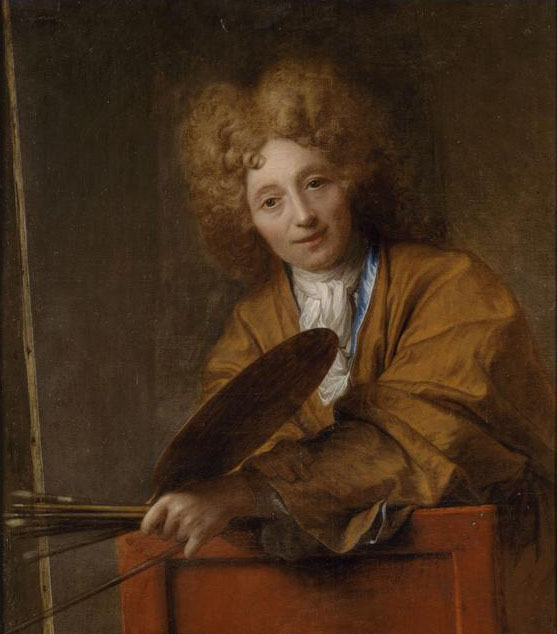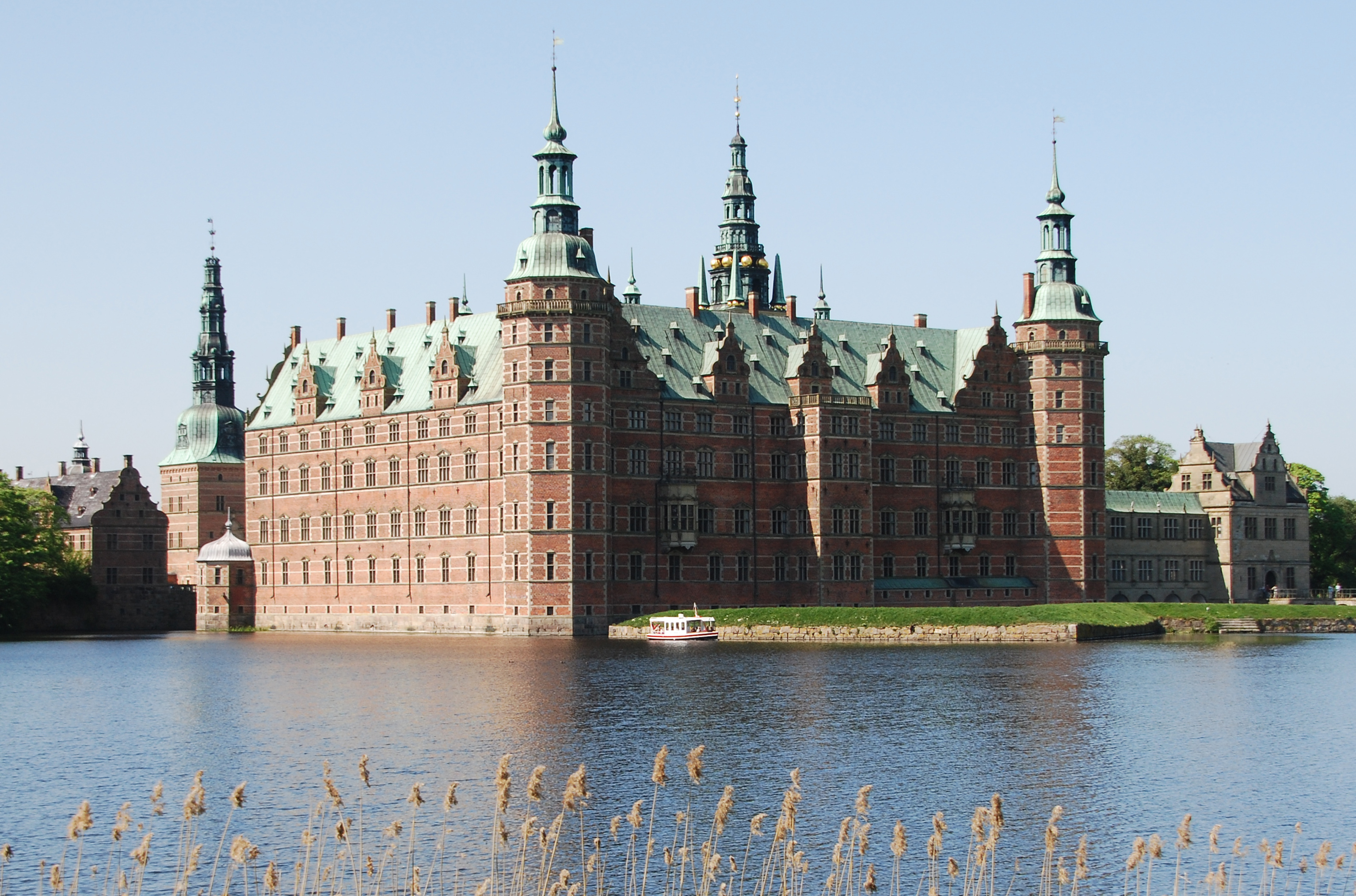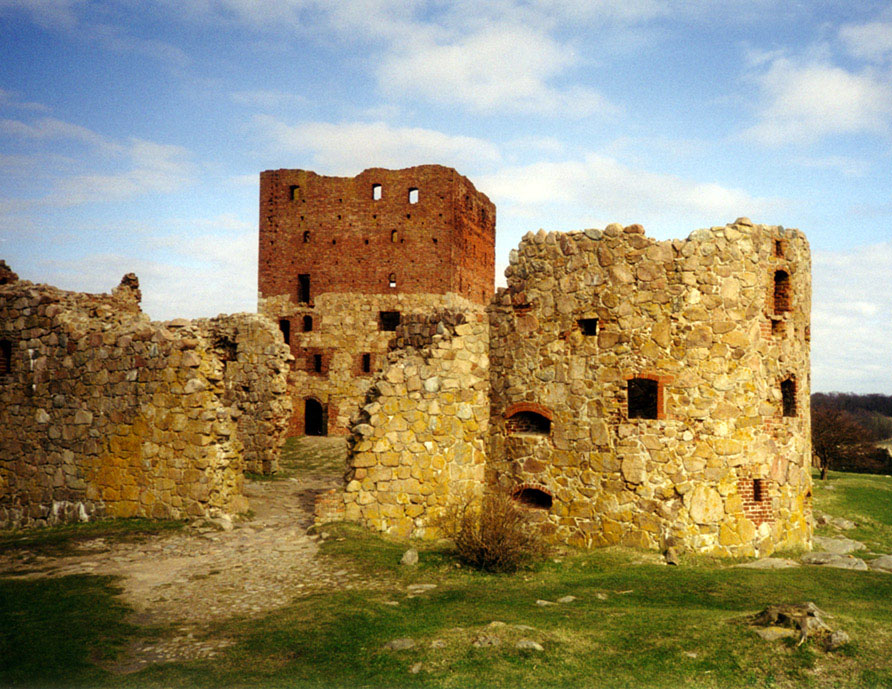|
1658 In Denmark
Events from the year 1658 in Denmark. Incumbents * Monarch – Frederick III * Steward of the Realm – Joachim Gersdorff Events * 30 January – The March across the Belts begins when the harsh winter weather, which has also forced the Danish fleet to port, enables a Swedish army of 9,000 cavalrymen and 3,000 foot soldiers to move across the ice of Little Belt from Jutland to Gunen. * 5 February – The Swedish King and cavalry cross the Great Belt from Langeland to Lolland and the infantry and the artillery follow the next day. * 8 February – The Swedish host reaches Zealand. * 11 February – Having not expected a Swedish offensive until spring at the earliest, Denmark panics and yields. The Treaty of Taastrup is signed as a preliminary accord and negotiations continue. * 26 February ** The negotiations are finalized with the signing of the Treaty of Roskilde in Roskilde. It cedes Scania, Halland, Blekinge and Bornholm as well as two provinces in Norway to Sweden. ... [...More Info...] [...Related Items...] OR: [Wikipedia] [Google] [Baidu] |
1658
Events January–March * January 13 – Edward Sexby, who had plotted against Oliver Cromwell, dies in the Tower of London. * January 30 – The " March Across the Belts" (''Tåget över Bält''), Sweden's use of winter weather to send troops across the waters of the Danish straits at a time when winter has turned them to ice, begins. Within 17 days, Sweden's King Karl X Gustav leads troops across the ice belts to capture six of Denmark's islands as Swedish territory. * February 5 – Prince Muhi al-Din Muhammad, one of the sons of India's Mughal, Emperor Shah Jahan, proclaims himself Emperor after Jahan names Muhi's older brother, Dara Shikoh, as regent, and departs from Aurangabad with troops. * February 6 – Swedish troops of Charles X Gustav of Sweden cross The Great Belt in Denmark, over frozen sea. * March 8 (February 26 OS) – The peace between Sweden and Denmark-Norway is concluded in Roskilde by the Treaty of Roskilde, under whi ... [...More Info...] [...Related Items...] OR: [Wikipedia] [Google] [Baidu] |
Treaty Of Roskilde
The Treaty of Roskilde was negotiated at Høje Taastrup Church and was concluded on 26 February ( OS) or 8 March 1658 ( NS) during the Second Northern War between Frederick III of Denmark–Norway and Karl X Gustav of Sweden in the Danish city of Roskilde. After a devastating defeat, Denmark–Norway was forced to give up a third of its territory to save the rest, the ceded lands comprising Blekinge, Bornholm, Bohuslän, Scania and Trøndelag, as well as Halland. After the treaty entered into force, Swedish forces continued to campaign in the remainder of Denmark–Norway, but had to withdraw from the Danish isles and Trøndelag in the face of a Dano–Norwegian and Dutch alliance. The Treaty of Copenhagen restored Bornholm to Denmark and Trøndelag to Norway in 1660, while the other provinces transferred in Roskilde remained Swedish. Background As the Northern Wars progressed, Charles X Gustav of Sweden crossed the frozen straits from Jutland and occupied the Danis ... [...More Info...] [...Related Items...] OR: [Wikipedia] [Google] [Baidu] |
Battle Of Kolding (1658)
A battle is an occurrence of combat in warfare between opposing military units of any number or size. A war usually consists of multiple battles. In general, a battle is a military engagement that is well defined in duration, area, and force commitment. An engagement with only limited commitment between the forces and without decisive results is sometimes called a skirmish. The word "battle" can also be used infrequently to refer to an entire operational campaign, although this usage greatly diverges from its conventional or customary meaning. Generally, the word "battle" is used for such campaigns if referring to a protracted combat encounter in which either one or both of the combatants had the same methods, resources, and strategic objectives throughout the encounter. Some prominent examples of this would be the Battle of the Atlantic, Battle of Britain, and the Battle of France, all in World War II. Wars and military campaigns are guided by military strategy, whereas batt ... [...More Info...] [...Related Items...] OR: [Wikipedia] [Google] [Baidu] |
Battle Of The Sound
The Battle of the Sound was a naval engagement which took place on 8 November 1658 (29 October O.S.) during the Second Northern War, near the Sound or Øresund, just north of the Danish capital, Copenhagen. Sweden had invaded Denmark and an army under Charles X Gustav of Sweden had Copenhagen itself under siege. The Dutch fleet was sent to prevent Sweden from gaining control of both sides of the Sound and thereby controlling access to the Baltic Sea as well as of its trade. The Dutch, under the command of Lieutenant-Admiral Jacob van Wassenaer Obdam with Egbert Bartholomeusz Kortenaer as his flag captain, who had sailed to the Baltic in support of Denmark, had 41 ships with 1,413 guns while the Swedes, under Lord High Admiral Carl Gustaf Wrangel, had 45 ships with 1,838 guns. The Dutch were grouped into three squadrons, while the Swedes separated their ships into four. The seven Danish ships with about 280 guns were unable to assist their Dutch allies because of adverse no ... [...More Info...] [...Related Items...] OR: [Wikipedia] [Google] [Baidu] |
Octroi
Octroi (; , to grant, authorize; Lat. ''auctor'') is a local tax collected on various articles brought into a district for consumption. Antiquity The word itself is of French origin. Octroi taxes have a respectable antiquity, being known in Roman times as ''vectigalia''. These were either the ''portorium'', a tax on the entry from or departure to the provinces (those cities which were allowed to levy the ''portorium'' shared the profits with the public treasury); the or , a duty levied at the entrance to towns; or the ''edulia'', sales imposts levied in markets. ''Vectigalia'' were levied on wine and certain articles of food, but cities were seldom allowed to use the whole of the profits of the taxes. Anglican Bishop Charles Ellicott suggested that the role of Matthew the tax collector in the gospels () was "to collect the ''octroi'' levied on the fish, fruit, and other produce that made up the exports and imports of Capernaum" on the Sea of Galilee. ''Vectigalia'' were ... [...More Info...] [...Related Items...] OR: [Wikipedia] [Google] [Baidu] |
Customs
Customs is an authority or Government agency, agency in a country responsible for collecting tariffs and for controlling International trade, the flow of goods, including animals, transports, personal effects, and hazardous items, into and out of a country. Traditionally, customs has been considered as the fiscal subject that charges customs duties (i.e. tariffs) and other taxes on import and export. In recent decades, the views on the functions of customs have considerably expanded and now covers three basic issues: taxation, National security, security, and trade facilitation. Each country has its own laws and regulations for the import and export of goods into and out of a country, enforced by their respective customs authorities; the import/export of some goods may be restricted or forbidden entirely. A wide range of penalties are faced by those who break these laws. Overview Taxation The traditional function of customs has been the assessment and collection of custo ... [...More Info...] [...Related Items...] OR: [Wikipedia] [Google] [Baidu] |
Christianshavn
Christianshavn () is a neighbourhood in Copenhagen, Denmark. Part of the Indre By District, it is located on several artificial islands between the islands of Zealand and Amager and separated from the rest of the city centre by the Inner Harbour, Copenhagen, Inner Harbour. It was founded in the early 17th century by Christian IV of Denmark, Christian IV as part of his extension of the fortifications of Copenhagen (17th century), fortifications of Copenhagen. Originally, it was laid out as an independent privileged merchant's town with inspiration from Netherlands, Dutch cities but it was soon incorporated into Copenhagen proper. Dominated by canals, it is the part of Copenhagen with the most nautical atmosphere. For much of the 20th century a working-class neighbourhood, Christianshavn developed a bohemian reputation in the 1970s and it is now a fashionable, diverse and lively part of the city with its own distinctive personality. Businessmen, students, artists, hippies and tradit ... [...More Info...] [...Related Items...] OR: [Wikipedia] [Google] [Baidu] |
Royal Life Guards (Denmark)
The Royal Life Guards () is a mechanized infantry regiment of the Danish Army, founded in 1658 by Frederick III of Denmark, King Frederik III. The primary task is to provide a number of soldiers from the Guard Company (Denmark), Guard Company to serve as a Royal Guard, guard/ceremonial unit to the Danish monarchy, while training the Royal Guards for various functions in the mobilisation force. Until its disbandment, the Royal Horse Guards (Denmark), Royal Horse Guards (), served the role as the mounted guard/ceremonial unit, afterwards the role was taken over by Guard Hussar Regiment Mounted Squadron. During the time period 1684–1867, the Royal Life Guards were called The Royal Foot Guard (), in order to distinguish between the regiment and the Royal Horse Guards. History The Royal Life Guards were established by Frederik III of Denmark on 30 June 1658, the guards were both to protect Frederik and to be a combat troop regiment. Role The Royal Life Guards serve as a front ... [...More Info...] [...Related Items...] OR: [Wikipedia] [Google] [Baidu] |
32 Men
The Assembly of 32 Men ( Danish: De 32 Mænds Forsamling), also known as the City's 32 Men () or simply as the 32 Men (Danish:De 32 Mænd), was an assembly of respected citizens of Copenhagen, who had the right to demand an audience before the king. The assembly was first established in 1660. The first assembly was characterized by large merchants and the crown's creditors. The assembly was replaced in 1840 by the Copenhagen City Council The Copenhagen City Council (Danish: ) is the municipal government of Copenhagen, Denmark, and has its seat at Copenhagen City Hall. The city council is Copenhagen's highest political authority and sets the framework for the committees' tasks. ... (). Chairmen Members Appointed after 1600 Appointed after 1700 Appointed after 1800 References History of Copenhagen Copenhagen Municipality {{denmark-hist-stub ... [...More Info...] [...Related Items...] OR: [Wikipedia] [Google] [Baidu] |
Frederiksborg Castle
Frederiksborg Castle () is a palatial complex in Hillerød, Denmark. It was built as a royal residence for Christian IV of Denmark, King Christian IV of Denmark-Norway in the early 17th century, replacing an older castle acquired by Frederick II of Denmark, Frederick II and becoming the largest Renaissance architecture, Renaissance residence in Scandinavia. On three islets in the ''Slotssøen'' (castle lake), it is adjoined by a Park of Frederiksborg Castle, large formal garden in the Baroque style. After a serious fire in 1859, the castle was rebuilt on the basis of old plans and paintings. Thanks to public support and the brewer J. C. Jacobsen, its apartments were fully restored and reopened to the public as the Danish Museum of National History in 1882. Open throughout the year, the museum contains the largest collection of portrait paintings in Denmark. It also provides visitors with an opportunity to visit several of the castle's state rooms including the restored Valdemar R ... [...More Info...] [...Related Items...] OR: [Wikipedia] [Google] [Baidu] |
Bornholm
Bornholm () is a List of islands of Denmark, Danish island in the Baltic Sea, to the east of the rest of Denmark, south of Sweden, northeast of Germany and north of Poland. Strategically located, Bornholm has been fought over for centuries. It has usually been ruled by Denmark, but also by Sweden and by Free City of Lübeck, Lübeck. The ruin of Hammershus, at the northwestern tip of the island, is the largest medieval fortress in northern Europe, testament to the importance of its location. Bornholm and Ertholmene comprise the last remaining Danish territory in Skåneland east of Øresund, having been Treaty of Roskilde, surrendered to Sweden in 1658, but Treaty of Copenhagen (1660), regained by Denmark in 1660 after Bornholm uprising, a local revolt. The island is known as ("sunshine island") because of its weather and ("rock island") because of its geology, which consists of granite, except along the southern coast. The heat from the summer is stored in the rock formation ... [...More Info...] [...Related Items...] OR: [Wikipedia] [Google] [Baidu] |
Blekinge
Blekinge () is one of the traditional Swedish provinces (), situated in the southern coast of the geographic region of Götaland, in southern Sweden. It borders Småland, Scania and the Baltic Sea. It is the country's second-smallest province by area (only Öland is smaller), and the smallest province located on the mainland. The name "Blekinge" comes from the dialectal adjective , which corresponds to the nautical term for "dead calm". Administration The historical provinces of Sweden serve no administrative function. However, Blekinge is the only province, besides Gotland, which covers exactly the same area as the administrative county, which is Blekinge County. Heraldry Blekinge was granted its current arms in 1660 at the time of the funeral of King Charles X Gustav of Sweden (1622–1660) based on a seal from the 15th century. Symbolically the three crowns from the Coat of arms of Sweden had been placed on the trunk of the tree to mark the change in status of t ... [...More Info...] [...Related Items...] OR: [Wikipedia] [Google] [Baidu] |





